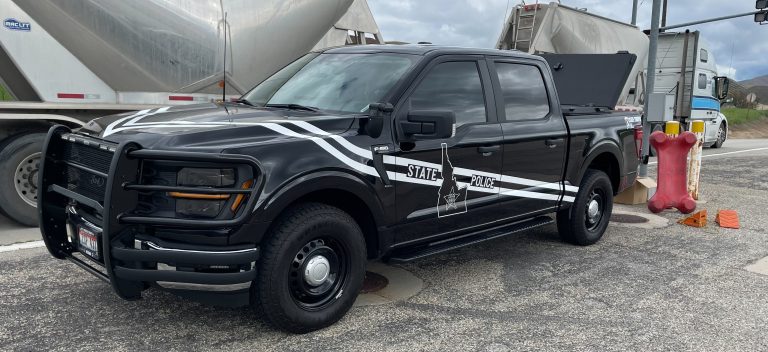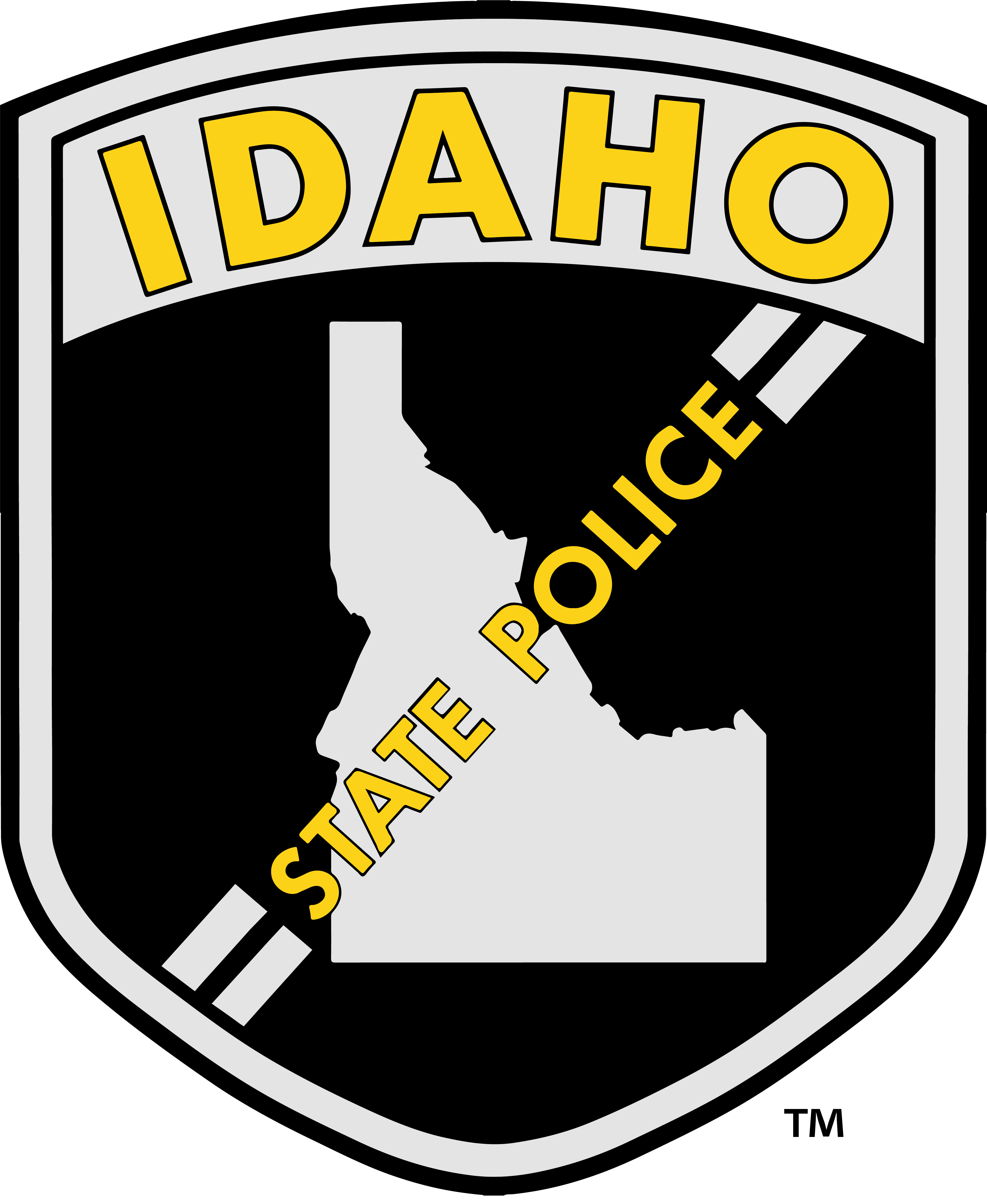What is the New Entrant Safety Audit?
When a carrier obtains interstate operating authority and/or a USDOT number, FMCSA places the carrier in the New Entrant Safety Assurance Program for a period that typically ranges from 12 to 18 months. During this period, a safety audit is conducted to verify that the carrier has an effective safety management system in place. If the audit is passed, the carrier’s operating authority can remain intact; however, if it fails, the authority may be revoked, or other corrective actions may be taken.
Did you receive a letter, email, or call referencing the New Entrant Safety Audit for your Interstate DOT number?
Call or email:
Megan Kreizenbeck
(208) 884-7224
E-mail

What to expect from the ISP CVS Division
In Idaho, the ISP Commercial Vehicle Safety (CVS) Division is the unit responsible for handling new-entrant safety audit activities.
Audits may be conducted onsite (at the carrier’s principal place of business) or offsite/desktop-review (via documents submitted through FMCSA’s New Entrant Web System), depending on the circumstances.
For interstate new entrant carriers, Idaho’s program goals include completing audits within statutory time limits of 12 months for most carriers, or shorter (120 days) for passenger carriers after they enter the program.
Carriers should expect the audit to review key compliance areas like:
- Driver qualification (CDL, medical certificate, motor vehicle record)
- Hours of service and supporting records
- Vehicle maintenance and inspection records
- Drug & alcohol testing program (pre-employment, random, post-accident, etc.)
- Insurance coverage and operating authority documentation
- Accident register and any out-of-service orders.
- Some violations are “automatic failures” of the audit if found (for example: lacking a drug & alcohol testing program when required; using a driver without a valid CDL; operating without required minimum insurance).
Some violations are “automatic failures” of the audit if found. Examples include lacking a drug and alcohol testing program when required, using a driver without a valid CDL, or operating without the required minimum insurance.
Get additional information from FMCSA about the New Entrant Safety Assurance Program.
